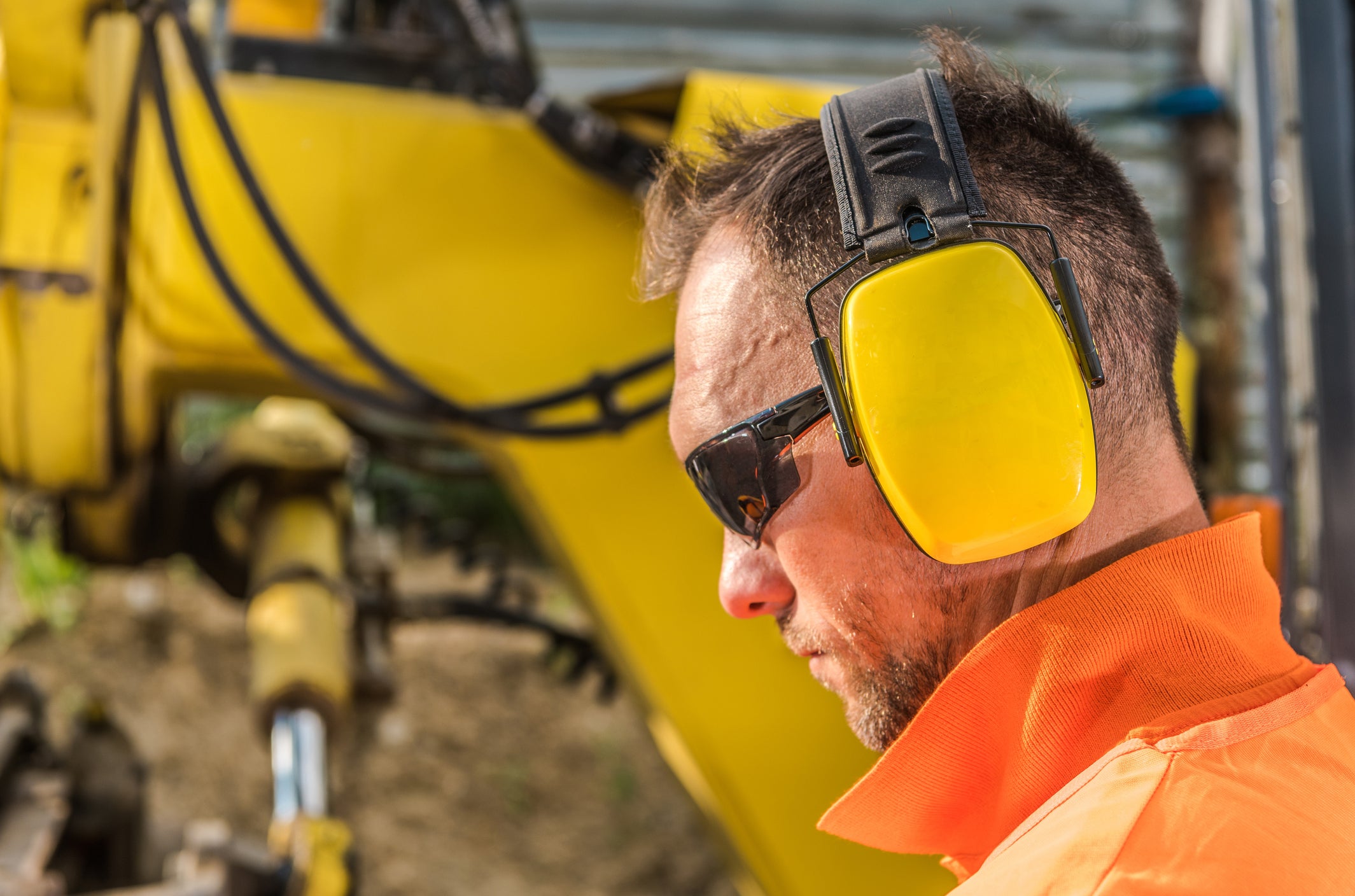Noise Reduction Rating (NRR) is a critical metric in the realm of hearing protection, influencing decisions on the most suitable ear protection devices for various environments. In this comprehensive guide, we will delve into the intricacies of NRR, exploring its definition, measurement, importance, and real-world applications.
What is Noise Reduction Rating (NRR)?
Noise Reduction Rating, commonly known as NRR, is a standardized measure used to assess the effectiveness of hearing protection devices in reducing the impact of noise on the ears. It serves as a numerical indicator, guiding individuals and industries in selecting appropriate ear protection for specific noise environments.
How is NRR Measured?
Understanding how NRR is measured is crucial for interpreting the effectiveness of hearing protection. The testing process involves exposing individuals to controlled levels of noise, measuring the difference in sound intensity inside and outside the ear protection. The resulting value, expressed in decibels (dB), provides the NRR rating.
Why is NRR Important?
The importance of NRR extends beyond basic noise reduction. It plays a pivotal role in safeguarding hearing health and has legal implications in occupational settings. Employers are often required to provide hearing protection with a specified NRR to ensure worker safety and compliance with regulations.
Understanding NRR in Real-world Settings
NRR finds practical applications in various settings, from the bustling noise of industrial environments to the recreational clamor of shooting ranges. Knowing how to interpret and apply NRR values in these contexts is vital for choosing the right protective gear.
Factors Influencing NRR
The effectiveness of hearing protection devices is influenced by factors such as material, design, and proper usage. Exploring these factors helps users make informed decisions and ensures optimal protection against noise-induced hearing loss.
Common Misconceptions about NRR
Addressing misconceptions is crucial for promoting accurate information about NRR. Many believe that higher NRR always means better protection, but the reality is more nuanced. This section aims to debunk common myths and provide a realistic perspective on NRR limitations.
Choosing the Right Hearing Protection
Selecting the right hearing protection involves considering not only the NRR but also factors like comfort and usability. This section offers practical tips on choosing ear protection that aligns with specific needs and environments.
NRR and Health Implications
Beyond immediate protection, understanding the long-term health implications of noise exposure is vital. We explore the correlation between NRR and hearing loss prevention, emphasizing the role of NRR in preserving auditory well-being.
Comparing NRR with Other Standards
Contrasting NRR with other standards, such as the Single Number Rating (SNR), provides a comprehensive view of global variations in noise reduction metrics. Understanding these differences aids in navigating a diverse market of hearing protection devices.
Tips for Maximizing NRR Efficacy
Maintaining ear protection devices is as crucial as selecting the right ones. This section offers practical tips for maximizing the efficacy of NRR, ensuring prolonged and consistent protection.
Innovations in NRR Technology
The world of hearing protection is evolving, with advancements in noise-cancelling technologies and the integration of smart features. This section explores the latest innovations, providing a glimpse into the future of NRR.
Future Trends in NRR
Anticipating future trends in NRR research and technology is essential for staying ahead in the field of hearing protection. From cutting-edge research to emerging technologies, this section offers insights into what the future holds for NRR.
Industry Standards and NRR Certification
Navigating the landscape of regulatory bodies and certifications ensures compliance with safety standards. This section provides an overview of industry standards, helping businesses and individuals make informed choices.
Conclusion
In conclusion, Noise Reduction Rating is a linchpin in the realm of hearing protection, influencing decisions that directly impact auditory health. This guide has illuminated the intricacies of NRR, from its measurement to real-world applications, debunking myths along the way. As technology advances, so does our understanding of how to protect our ears effectively. By staying informed and making conscious choices, we contribute to a future where noise-induced hearing loss is preventable.
Frequently Asked Questions (FAQs)
-
Is a higher NRR always better?
- No, a higher NRR doesn't always translate to better protection. The effectiveness of hearing protection depends on various factors, including proper usage and fit.
-
Can I use the same ear protection in different environments?
- It's essential to match the NRR of ear protection to the specific noise environment. Using the right protection ensures optimal effectiveness.
-
Do ear protection devices expire?
- Yes, many ear protection devices have an expiration date. Regularly check and replace them to ensure consistent protection.
-
Are there alternatives to traditional earplugs for hearing protection?
- Yes, advancements in technology have led to innovative alternatives, such as noise-cancelling earplugs and smart hearing protection devices.
-
How often should I have my NRR reassessed?
- Periodic reassessment is advisable, especially if there are changes in your noise exposure or if you notice a decrease in the effectiveness of your ear protection.

